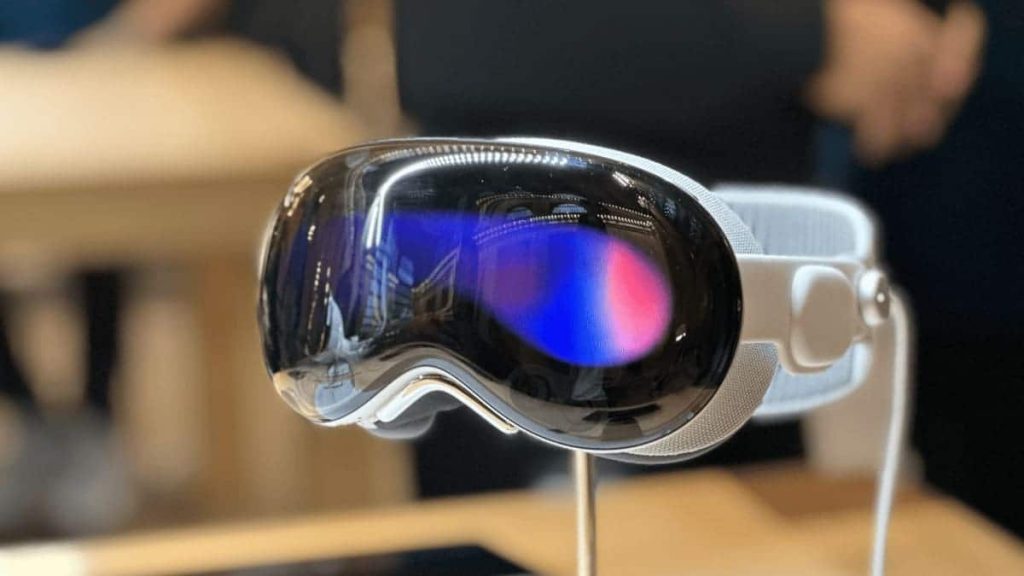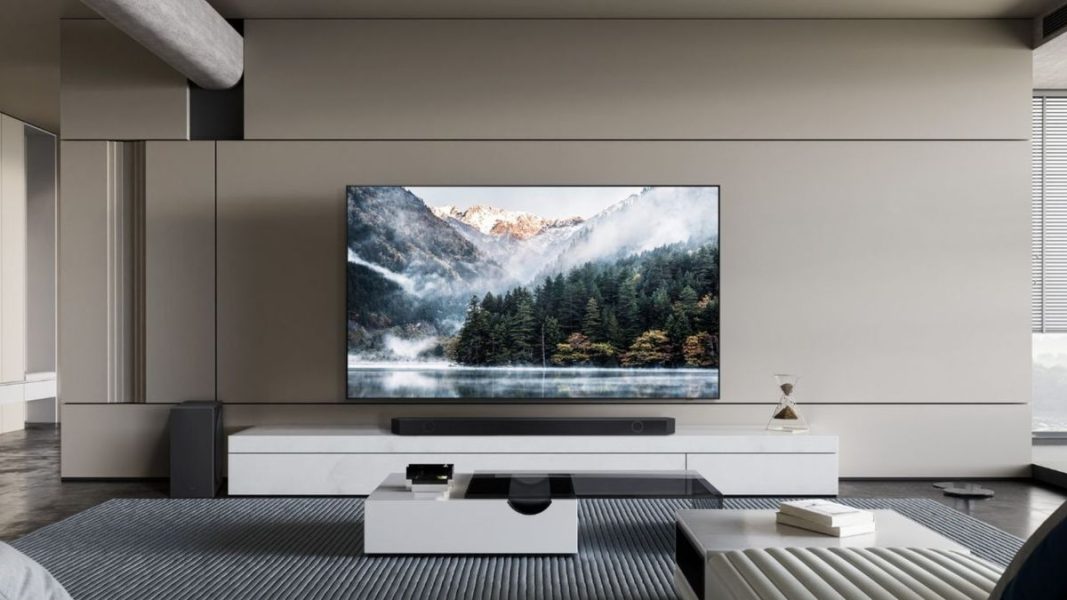Tim Cook Confesses : Apple’s New Flagship Product Isn’t for Everyone – Production Is Over – Glass Almanac

When Apple introduced the Vision Pro, it was hailed as a groundbreaking leap into the world of spatial computing. With state-of-the-art technology and Apple’s signature design, the headset made waves in the industry. But now, less than a year after its highly anticipated U.S. debut and later release in Europe, Apple has pulled the plug on production.Upon launch, the Vision Pro saw an enthusiastic response, racking up nearly 200,000 units sold in its first few weeks. However, as the initial hype wore off, sales slowed dramatically. One of the biggest obstacles? The price tag. Starting at $3,500 in the U.S. (and €3,999 in Europe), the device was a tough sell for the average consumer.Apple CEO Tim Cook openly acknowledged this in a recent statement, admitting that the Vision Pro was never intended for mass adoption. Instead, it was positioned as a premium, first-generation product, designed to showcase what Apple could achieve in mixed reality rather than to dominate the market.Despite its cutting-edge features, including eye-tracking, ultra-high-resolution displays, and a revolutionary interface, the Vision Pro’s price made it inaccessible for most consumers. Competing devices like Meta’s Quest 3, priced at just $329, offered a strong alternative at a fraction of the cost.Reports suggest that Apple was left with a massive surplus of unsold units, estimated between 500,000 and 600,000 devices. With demand dwindling and production costs remaining high, halting manufacturing became the only logical step. The Vision Pro wasn’t a failure in terms of technology, but its high price created a mismatch between what it offered and what buyers were willing to pay.Although production has stopped, Apple isn’t abandoning its VR/AR ambitions. Tim Cook has hinted at a more affordable version of the Vision Pro currently in development. By eliminating non-essential features while maintaining the core Apple VisionOS experience, the company hopes to deliver a product that appeals to a broader audience.Rumors indicate that the new model could be priced around $2,300—a significant drop, yet still far from the budget-friendly range of competitors like Meta’s VR lineup. The challenge for Apple will be striking the right balance between cost and the premium experience that Apple users expect.Apple initially marketed the Vision Pro as more than just a VR headset. With its ability to function as a standalone computing device, it was meant to be a productivity powerhouse rather than just an entertainment gadget. However, the reality is that most consumers weren’t ready to spend the equivalent of a high-end MacBook Pro on a technology still in its early stages.The Vision Pro’s early exit from production suggests that even Apple isn’t immune to market realities. While innovation drives excitement, a product must also find its target audience at the right price. Apple’s next move in the VR/AR market will be crucial. If the company can lower costs without sacrificing too much of the Vision Pro’s magic, it may still have a chance to make mixed reality mainstream.For now, the Vision Pro serves as a learning experience rather than a long-term success story. But if history has taught us anything about Apple, it’s that setbacks often lead to game-changing comebacks.Comment Save my name, email, and website in this browser for the next time I comment.
Discover the future through Glass Almanac, your premier source for all things tech and entertainment. From the latest in augmented reality to cutting-edge scientific discoveries and trending TV shows, we bring you insightful, up-to-the-minute coverage. Dive into our world where technology meets daily life and stay ahead of the curve with Glass Almanac.Glass Almanac100 Tech WaySan Francisco, CA 94107United StatesPhone: +1 415-555-0100Email: contact@glassalmanac.comStay connected with us for the latest updates and insights.



